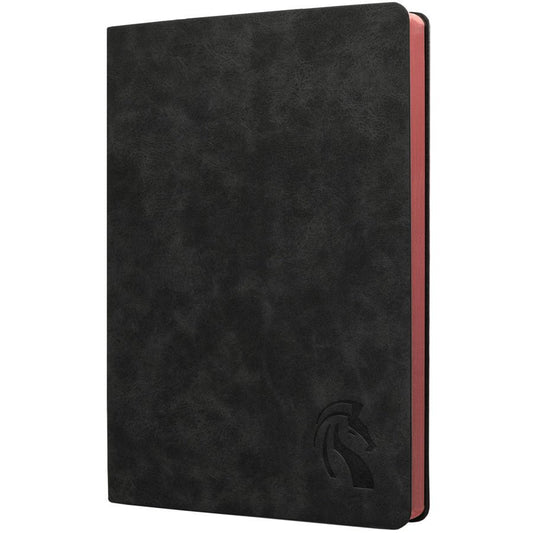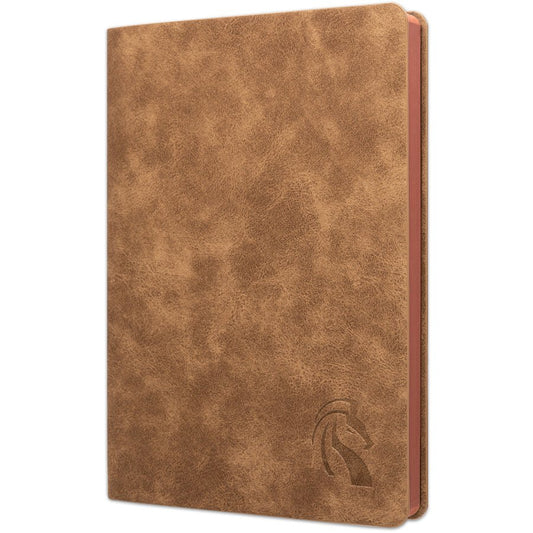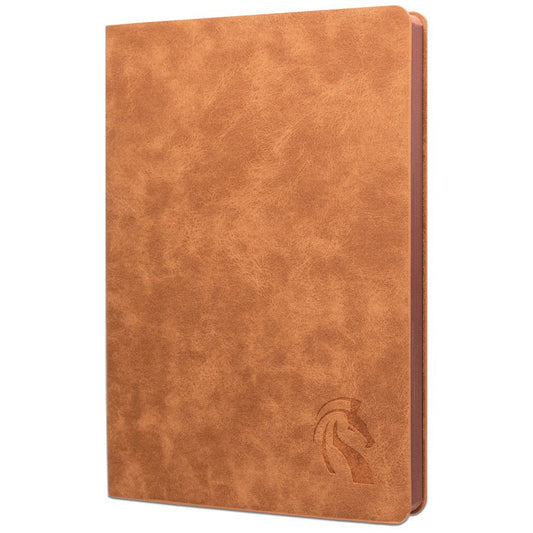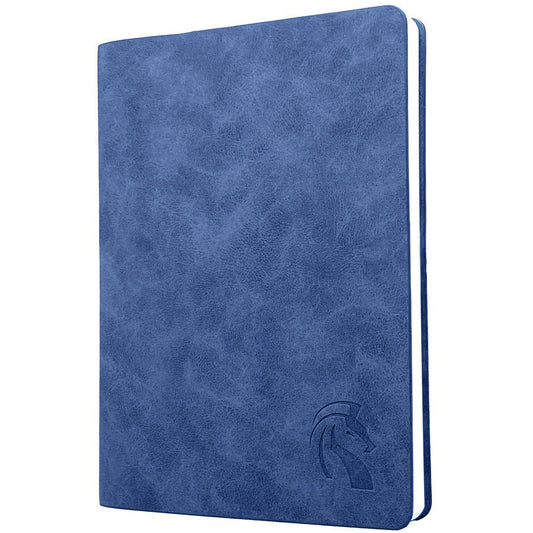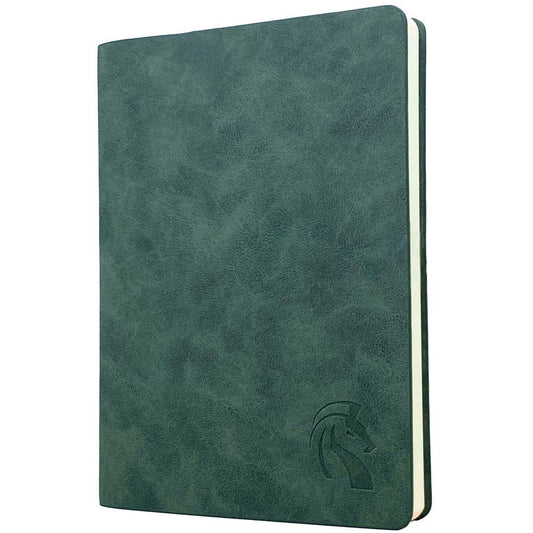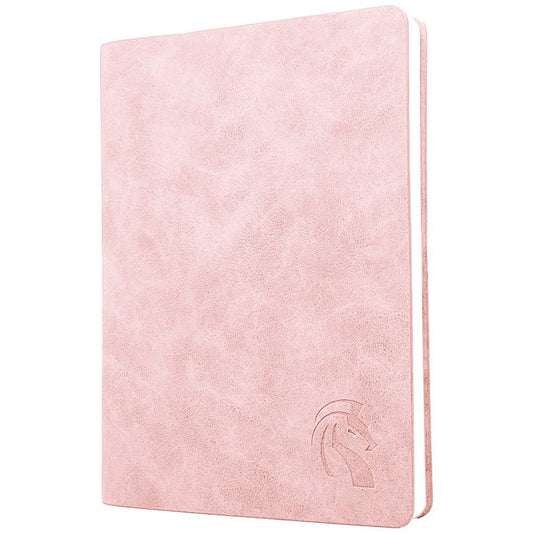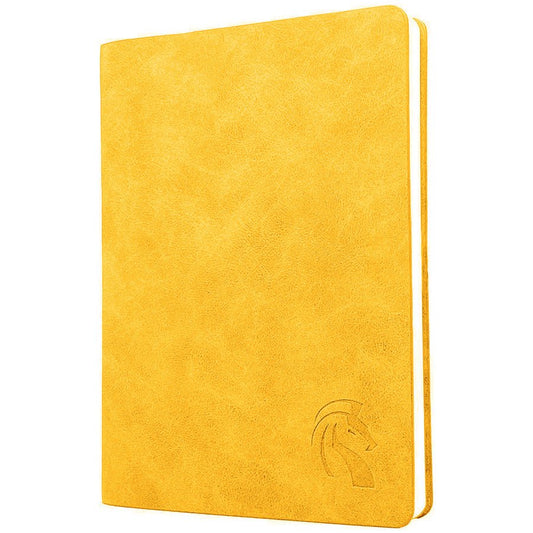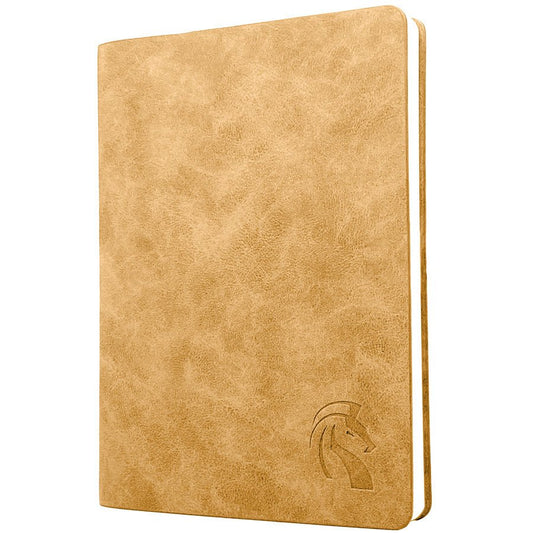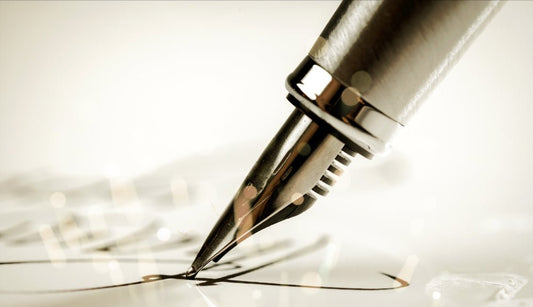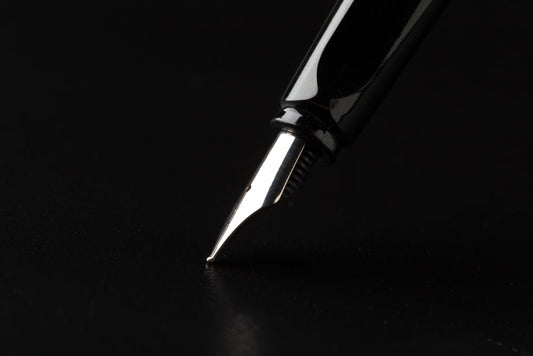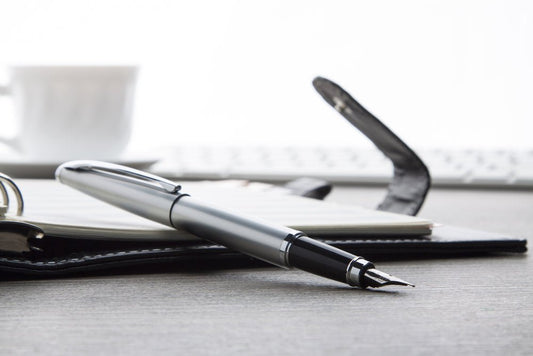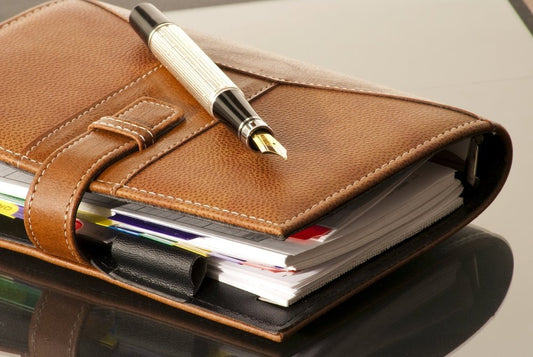
The use of fountain pens has been around for decades, and despite the fact that in today's digital environment, they may seem antiquated, many people still have a soft spot in their hearts for these writing implements. It doesn't matter whether you're a seasoned author or just starting out; writing with a fountain pen can be a fun and fulfilling experience for anybody. Here's a beginner's guide to help you get started.
What exactly is a fountain pen, though?
A writing tool known as a fountain pen writes with ink, as opposed to a ballpoint pen, which employs a thick ink paste. Ballpoint pens are more common. A nib is the metal tip that is found on fountain pens. It is responsible for holding ink and spreading it evenly over the page. The tip of the nib is often split to produce a tiny slit through which the ink flows. The nib is typically composed of gold, stainless steel, or other metals.
How do you write neatly fast with a fountain pen?
Why Should You Write with a Fountain Pen?
In comparison to other kinds of pens, fountain pens provide a number of benefits. They, first and foremost, provide an original and distinctive writing experience. The gratifying experience that this pen offers cannot be achieved with any other pen because of the smooth flow of ink and the flexibility of the nib. As a result of the increased level of control one has over the flow of ink, fountain pens are particularly well-suited to the practice of calligraphy and other types of creative writing.

The Fundamentals of Fountain Pens
When you begin using a fountain pen, there are a few fundamental things you need to keep in mind, including the following:
Ink: Fountain pens need ink cartridges or a converter, which enables you to use bottled ink. If you do not have a converter, you cannot use the pen. Since normal ink may cause the nib of the fountain pen to get clogged and damaged, you should only use ink that is made particularly for use in fountain pens.
Nib: Nibs are available in a variety of sizes, ranging from very fine to wide. Nibs with a fine point are best for writing on tiny surfaces, while nibs with a wide point work well for writing on larger areas and for calligraphy.
Hold the pen in a manner that is convenient for you and doesn't strain your hand. The pen should be held at a 45-degree angle to the paper and the grip should be relaxed and light. The pen should also be held at an angle.
Instructions for Using a Fountain Pen
Take Off the Cap: Take off the cap that's on the pen and put it to the side.
Load the Pen: If you are going to use a cartridge, you will need to place it within the barrel of the pen. If you are using a converter, you need first load some ink into it and then place it inside the pen.
In order to prime the nib, you must first hold the pen so that it is standing on its end and then twist the converter so that ink is forced into the nib.
To begin writing, orient the pen so that it is at a 45-degree angle to the paper and lightly brush the nib against it. Apply just a modest amount of pressure to the printing press so that the ink may flow onto the paper. Keep in mind that you should write using your arm rather than your fingers in order to produce a steady flow of ink.

Cleaning the Nib It is important to clean the nib on a regular basis in order to avoid blockage. You may remove any extra ink from the pen with a towel that has been dampened, and you should also flush the pen with water every few weeks.
To summarize, writing with a fountain pen may be a satisfying and enjoyable experience if you choose to use one. The ultimate product is worth the effort, even if getting accustomed to the pen's distinctive feel may take some time at first. Whether you use it for business or for pleasure, a fountain pen is a wonderful writing instrument that may assist you in producing written works that are both beautiful and enduring.

LeStallion PU Leather Journals
LeStallion Soft Cover PU Leather Journals inspires and excites you to write more, allow you to further grow and develop, so you may achieve your goals and dreams!
SHOP LESTALLION
